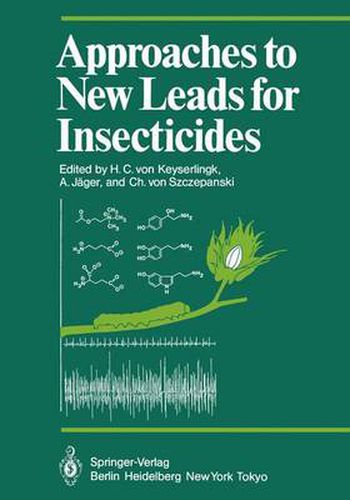Readings Newsletter
Become a Readings Member to make your shopping experience even easier.
Sign in or sign up for free!
You’re not far away from qualifying for FREE standard shipping within Australia
You’ve qualified for FREE standard shipping within Australia
The cart is loading…






This title is printed to order. This book may have been self-published. If so, we cannot guarantee the quality of the content. In the main most books will have gone through the editing process however some may not. We therefore suggest that you be aware of this before ordering this book. If in doubt check either the author or publisher’s details as we are unable to accept any returns unless they are faulty. Please contact us if you have any questions.
Man as a biological species and as a member of the community of organisms that has evolved over the billions ofyears on this planet has to face competition for his resources in the same way as any other species. In the course of evolution organisms have developed a fascinating variety of weapons, techniques and strategies in this competitive scramble for food and other essential resources and in se1f-defense against parasitism and predation. Among these, the biosynthesis of toxic molecules and their appropriate delivery in interspecific encounters has proved to be one of the most successful natural weapons and has been demonstrated in every branch of the evolutionary tree of all extant species. It is interesting to note that in this process of generating toxic molecules both natural se1ection by evolutionary processes and screening techniques by chemical industry have produced compounds with very similar target sites. The most potent of these compounds interfere with the normal signalling of nerve cells. Saxitoxin, tetrodotoxin, batracho- toxin, grayanotoxin, veratridine, aconitin, sea anemone venom and scorpion toxin are natural poisons which interfere with the same membrane bound protein as many potent synthetic insecticides such as DDT and the pyrethroids: the voltage-gated Na + channe1 in the nerve cell membrane. In several cases natural toxins have direct1y provided lead structures for successful chemical synthesis programmes in the insec- ticide industry. Eserine, nereistoxin and pyrethrum are outstanding examples.
$9.00 standard shipping within Australia
FREE standard shipping within Australia for orders over $100.00
Express & International shipping calculated at checkout
This title is printed to order. This book may have been self-published. If so, we cannot guarantee the quality of the content. In the main most books will have gone through the editing process however some may not. We therefore suggest that you be aware of this before ordering this book. If in doubt check either the author or publisher’s details as we are unable to accept any returns unless they are faulty. Please contact us if you have any questions.
Man as a biological species and as a member of the community of organisms that has evolved over the billions ofyears on this planet has to face competition for his resources in the same way as any other species. In the course of evolution organisms have developed a fascinating variety of weapons, techniques and strategies in this competitive scramble for food and other essential resources and in se1f-defense against parasitism and predation. Among these, the biosynthesis of toxic molecules and their appropriate delivery in interspecific encounters has proved to be one of the most successful natural weapons and has been demonstrated in every branch of the evolutionary tree of all extant species. It is interesting to note that in this process of generating toxic molecules both natural se1ection by evolutionary processes and screening techniques by chemical industry have produced compounds with very similar target sites. The most potent of these compounds interfere with the normal signalling of nerve cells. Saxitoxin, tetrodotoxin, batracho- toxin, grayanotoxin, veratridine, aconitin, sea anemone venom and scorpion toxin are natural poisons which interfere with the same membrane bound protein as many potent synthetic insecticides such as DDT and the pyrethroids: the voltage-gated Na + channe1 in the nerve cell membrane. In several cases natural toxins have direct1y provided lead structures for successful chemical synthesis programmes in the insec- ticide industry. Eserine, nereistoxin and pyrethrum are outstanding examples.